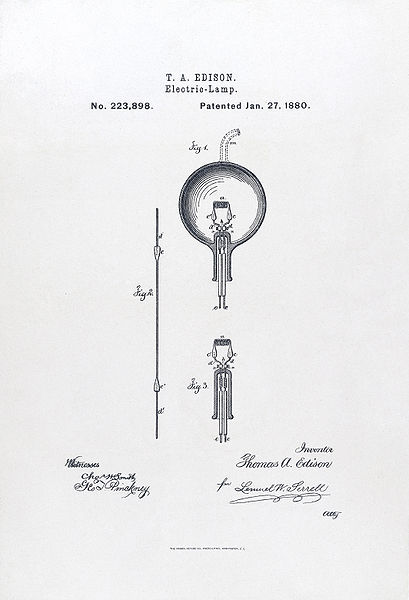
Thomas Alva Edison invented the long-lasting light bulb more than a hundred years ago. The principle of the filament has remained the same to this day – as has its poor yield: The bulb converts only 5 to 10 percent of the invested energy into light, while most of it becomes heat. Fluorescent tubes and energy-saving light bulbs do considerably better, but are still not ideal.
A team of seven Fraunhofer Institutes is currently working on alternatives: highly efficient, cold light sources made of LED and OLED semiconductors. As similar as these acronyms may sound, they differ significantly. Light-emitting diodes (LEDs) are based on inorganic semiconductor crystals.
They are robust, long-lasting and eminently suitable as bright single-point light sources. Organic light-emitting diodes (OLEDs), on the other hand, are made up of wafer-thin organic layers and emit light in a plane.
The researchers’ objective is to develop new, energy saving light sources that produce an effect similar to daylight, and whose form and intensity can be adapted to any desired situation as an efficient illumination.
One conceivable option would be to apply OLED structures directly to window panes. During the day, they would let sunlight into the room, while in the evening they would emit light as large, flat lamps, as if the sun were still shining in. Special lighting atmospheres for different rooms will gradually replace conventional lamps and bulbs. The combination of LEDs and OLEDs will lead to new lighting concepts that can use sensors to recognize what the occupants are doing and activate spotlights or planar illumination accordingly.
New lights on the horizon
The Fraunhofer researchers have devised an extensive research program, in which they intend to give OLEDs a greater intensity, prolong their life spans and scale up their production processes to industrial level.
There are plans to improve LEDs, too. At present, these can only produce white light in a roundabout way that involves adding an extra substance to the blue-light semiconductors.
This step will be eliminated in future, to further improve the intensity and efficiency of the light source. A large proportion of the research will focus on testing the new lighting concepts directly for use in a variety of applications and adapting them accordingly.



